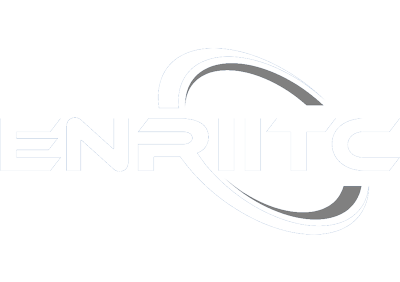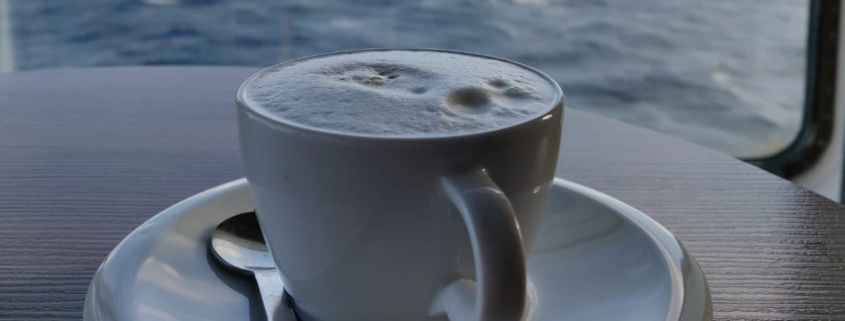#ENRIITCyourCoffee Season 5 Episode 3 with Neutron Quality Label (R)
Welcome to the recap of #ENRIITCyourCoffee episode three of our fifth season. We continued with the topic of the previous episode that you can check out here – neutrons. We had the pleasure of hearing from Sandra Cabeza, Co-responsible scientist at SALSA Stress Diffractometer, Institute Laue Langevin (ILL).
What has been done before?
Sandra started off by explaining how neutron string diffraction characterisation is not a novel topic and there have already been efforts worldwide that culminated with a technological trend assessment in 2001. All the definitions and best practices were laid down (which are the hkR planes to measure in a monochromatic instrument) for a good starting point for system recession actions, or neutral materials and stress scanning. Unfortunately, these are general approaches for instrument alignment procedures and a broad scope of definitions and equations.
What is done now?
Sandra gives a great overview of the current communities and efforts on neutron strain result harmonisation at 03:04 in the video below. Broadly those can be divided into three:
- Neutron Techniques Standardisation for Structural Integrity (NET) – An in-kind working group between neutron sources, synchrotron sources, industry and academy to assess the reliability of the characterization of resilience stress through diffraction methods. Sandra describes this.
- BrigtNESS2 – Neutral ecosystem for sustainable service with science. This is to ensure the long-term sustainability of the user community, particularly for the engineering community.
- EAISTRESS – More industrially oriented and the main focus is on this data exchange procedures
Pilot projects for a common Neutron Quality Label for residual stress analysis
Sandra mentions that it has been a significant effort in developing definitions and measurements between all the institutes. She summarises the goal of the project well (at 05:23 in the video): to build confidence in the industry, meaning there is a method with ISO technological assessment standards and round-robin tests across the world.
“Therefore we said let’s stick together let’s define the similar samples that we have for aligning our instruments and reporting this precision and accuracy of the values. Let’s decide on a common sample and let’s start from scratch.”
Overall the goal was to define a protocol and a more precise guideline building on the ISO standard in addition to a common report template so we all know what is important. Check out the internal certification exercise below at 06:43.
From the internal certification exercise with 4 institutions they agreed that after the exercise all parties improved on 6 points as more efficient in calibration procedures, more accurate in sample alignment system, more robust in data analysis for entry scans and 3 more points that you can see from Sandra’s presentation at 09:51 in the video.
Later on, they complimented the exercise with an Airbus cylinder measurement with neutrons and all institutions had a similar result.
“We proved that we could actually enhance the industrial access to multiple facilities.”
In conclusion, Sandra confirmed that the results of the pilot projects meant that the collaborative method has given them a significant advantage both scientifically and economically. In the spirit of true collaboration, all conditions can be extended to other facilities and include more partners.
“The main or the ultimate objective of the BrightNESS² is this long-term sustainability of the community so I think we have proven here a good example that this is feasible when we work together.”
This was the end of Sandra’s presentation and the floor was open for the rest of our coffee break to pick Sandra’s brain for a great collaboration experience.
Find out more and browse the previous episodes here.






Leave a Reply
Want to join the discussion?Feel free to contribute!